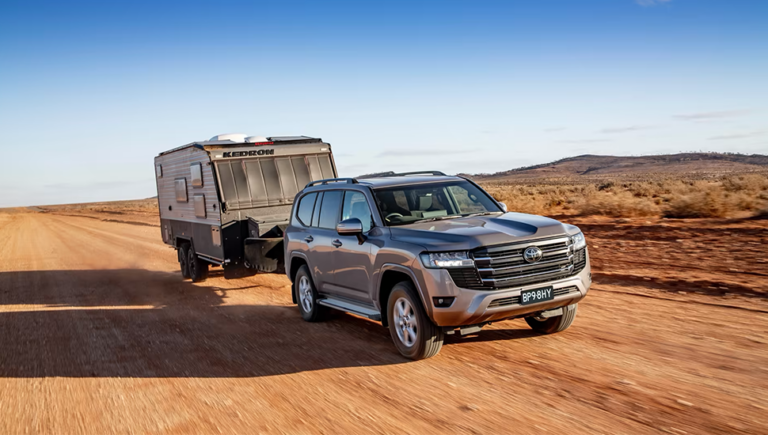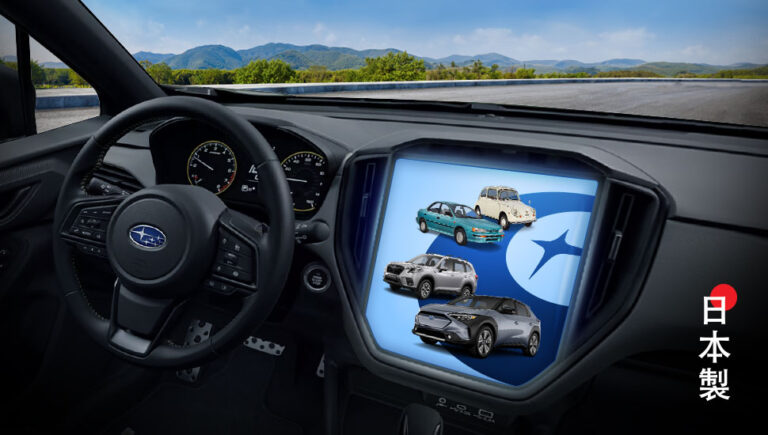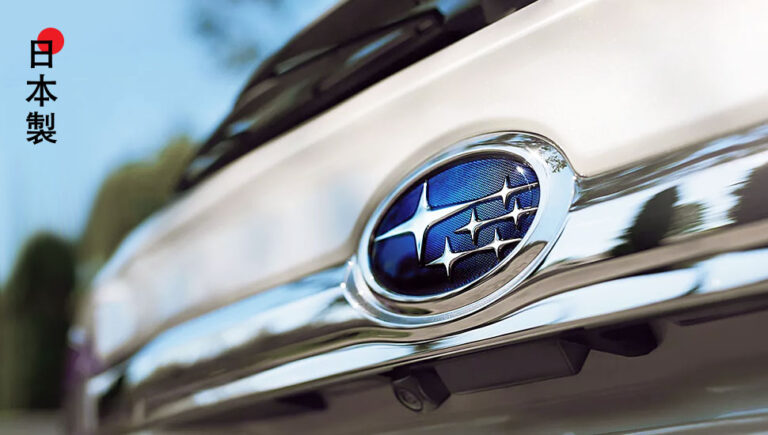When exploring the Slalom Test and Moose Test, you’ll find fascinating differences—not just in technical aspects but also in how these tests are performed. Let’s go.
Slalom Test: Weaving at 50 km/h
Imagine you’re at a lively party, and your mission is to weave through the crowd to reach the buffet table brimming with your favorite dishes. That’s Slalom for you! The term “Slalom” originates from skiing.
In this test, a car maneuvers through a series of cones placed in a confined space. The goal? Ensure the vehicle can weave through without knocking over any cones. Think of it as driving through the narrow alleys of Lê Thánh Tôn in Saigon, where rows of girls give you a constant green light to squeeze past. Your task: navigate without touching anyone. Challenging enough, especially during lonely days far from loved ones.
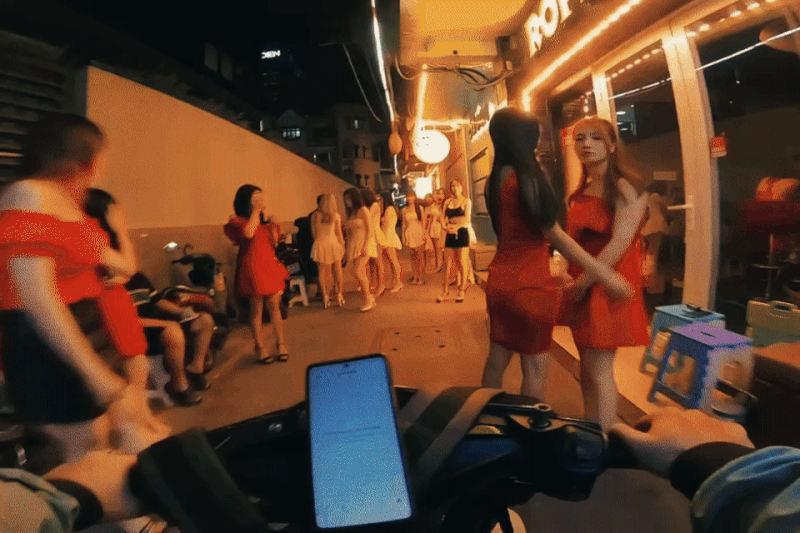
Moose Test: Weaving at 80 km/h
What about the Moose Test? Picture this: you’re driving on a highway when, out of nowhere, a moose appears in front of your car. Braking is not an option—you have to swerve immediately! In this test, both you and the car execute a sudden maneuver to avoid an obstacle without tipping over.
The feeling: The Slalom Test is like a joyous dance in a crowd, while the Moose Test resembles a desperate escape from an unwelcome encounter.
The goal: The Slalom Test checks how agile a car is, while the Moose Test measures its stability and ability to handle sudden emergencies.
The technique: One is a graceful zigzag, like a ballet performance, and the other is a dramatic turn reminiscent of Fast & Furious.
A Deeper Look at the Moose Test
Despite advancements in automotive safety, the Moose Test continues to challenge car manufacturers because of its high risk of rollovers. It was first conducted in Sweden in the 1970s. The name “Moose Test” comes from its original purpose: determining whether a vehicle can avoid large obstacles, such as a moose unexpectedly crossing the road. Essentially, the test simulates a high-speed evasive maneuver in a completely unplanned scenario.
Teknikens Värld, a Swedish magazine, pioneered the Moose Test and emphasized its importance without receiving sponsorship from any car brand, making it a trusted benchmark worldwide.
Testing Conditions
- Surface: Dry roads.
- Load: Fully loaded with passengers or cargo to mimic real-life conditions.
- Obstacle: Instead of a large object, traffic cones are used to create an S-shaped path for the car to navigate.
- Technique: The driver must steer the car sharply around the cones spaced 13.5 meters apart, performing two abrupt turns before returning to a straight line.
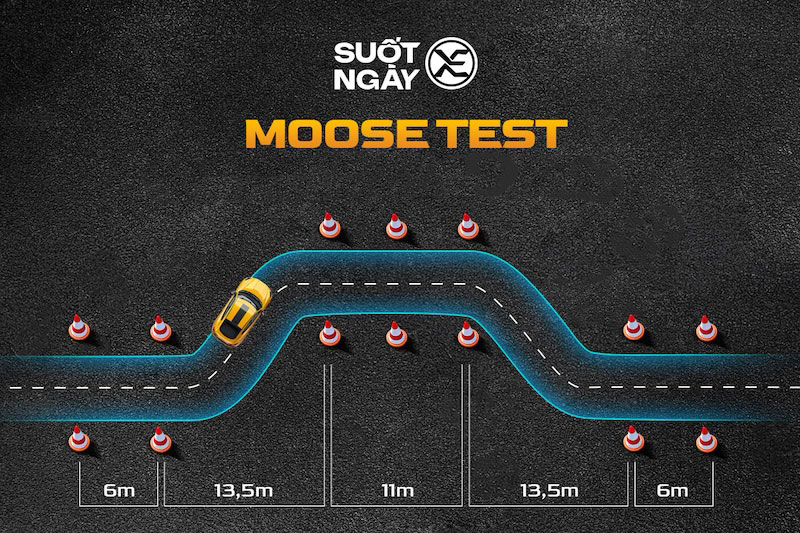
While automaker-organized test drives usually feature the Slalom Test at 50 km/h, the Moose Test pushes vehicles to higher limits at 80 km/h. At this speed, abrupt turns can cause a car’s wheels to lift off the ground, turning a four-wheeler into a three-wheeler. Unless we buy tickets to relive our childhood and enjoy the thrill at an amusement park, safety always comes first on the streets.
Passing the Moose Test
A car passes if it can:
- Maintain a speed of 80 km/h for 5 seconds.
- Avoid cones during sharp maneuvers.
- Utilize braking effectively during the maneuver.
- Return to a straight path immediately afterward.
A successful attempt means the car avoids tipping over, skidding, or fishtailing.
Real-Life Relevance
In practice, the Moose Test mimics situations like a child darting into traffic (a common occurrence in Vietnam). For larger animals like cows, which are also frequent road hazards, the scenario shifts: the cow will likely continue crossing instead of stopping or turning back. Drivers must decide within a split second to brake sharply or steer behind the animal to avoid a collision.
Why the Moose Test is so Difficult
The Moose Test isn’t an official safety certification due to its extreme difficulty. However, Teknikens Värld remains committed to conducting these tests across a wide range of car models and brands. While automakers might not officially acknowledge the results, many quietly refine their designs over time based on the feedback.
Despite advancements in safety technology, even many 2024 car models fail this grueling test.
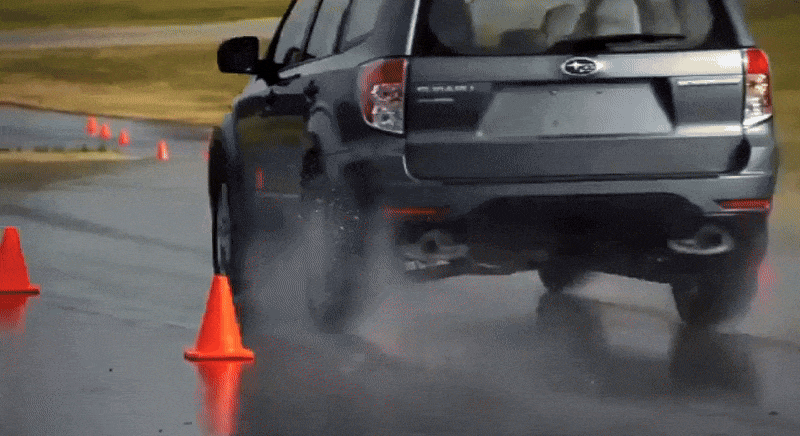
Common Reasons for Failure
After years of testing, Teknikens Värld identified these recurring issues:
- High center of gravity and narrow wheelbase: SUVs and pickup trucks are most prone to tipping due to sudden shifts in weight distribution.
- Ineffective ABS (Anti-lock Braking System): A rigid braking system can prevent the car from stabilizing quickly.
- Poor coordination between rear tires and brakes: Rear tires may skid, increasing stopping distance.
- Type of suspension system: Popular setups include MacPherson, Double Wishbone, and Multi-Link systems, each affecting stability differently.
Failures span all segments—from budget cars to luxury vehicles, sedans to SUVs. But instead of naming names (and spoiling the fun), let’s watch the Land Cruiser in action, living up to its title as the king of off-road vehicles, conquering challenging terrains from South Africa to California and Saigon.
Notable Moose Test Performances
The latest Moose Test record belongs to the Porsche 718 Cayman, but the most memorable one dates back to 1999. The unassuming Citroën Xantia Activa broke records by passing the Moose Test at 85 km/h—a speed unmatched for 25 years until the Cayman dethroned it. In any game, even the game of life, records exist to be broken.
Traffic Dynamics in Vietnam
Beyond its delicious cuisine and breathtaking landscapes, Vietnam’s traffic is a unique experience, chaos in order, especially for foreigners who’ve lived here for under three years.
Motorbike Dominance
Vietnam is the motorbike capital of the world, with 77 million motorbikes for a population of 100 million. Annual car registrations stand at roughly 500,000. Motorbikes outnumber cars for two main reasons:
- Urban planning favors motorbikes. Everything residents need is a few steps away—no long drives required. Everything else is easily ordered through an app.
- Operating costs for motorbikes are a tenth of those for cars. No need to spend $100/month on parking fees. No need to pay $700/month for a private driver.
Public Transport
Within a 30 km radius, buses can take you almost anywhere with a maximum of two transfers. As of 2024, Hanoi has one operational metro line, while Ho Chi Minh City is building its first line, scheduled to open in 2028. In the Mekong Delta, small boats remain the primary means of transportation, offering scenic views of life along the rivers.

Crossing the Street
Vietnamese friendliness sometimes manifests in unique ways—like honking while driving or during heavy traffic. It’s a “sonic signal” akin to a friendly hello. Pedestrians shouldn’t expect absolute right of way, so if you encounter a motorbike weaving Slalom-style past you as you cross the street, just smile and let it slide. Life’s lessons are best learned through experience. Welcome to Vietnam with big love!

